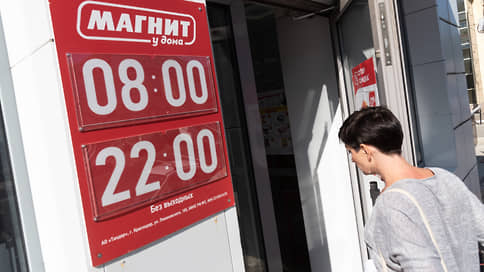Banks have accumulated on the accounts of almost a million Russian digital currency

During the pilot project, 15 banks are gradually increasing the volume of operations with digital rubles. However, the pilot participants note that the economic benefit for the business from the introduction of a new form of Russian currency is not yet obvious, and potential banks can reach 10% of the profit. Experts believe that so far the introduction of a digital ruble should be limited by the budget sphere. To date, bank accounts are 1.3 million rubles in digital form, and 722 thousand of them falls on Gazprombank and VTB.
According to Kommersant, on the basis of open reporting of banks, as of May 1, 2025, the remains of the digital ruble accounts were slightly exceeded 1.3 million rubles. This is only a little more that was on these accounts at the beginning of the year – on February 1, the volume amounted to 951 thousand rubles. Data on these accounts was discovered by 14 credit organizations, and most of the funds of digital rubles were in Gazprombank (502 thousand rubles) and VTB (220 thousand rubles). Other large credit organizations have Alfa-Bank, Sberbank, Dom.rf Bank, Rosselkhozbank and T-Bank-volumes in accounts amounted to about 100 thousand rubles. According to the Central Bank, there are currently 15 banks with a digital ruble. However, the PSB does not disclose detailed monthly reporting.
Market participants pay attention that the data in the reporting reflect only the remains in the accounts and do not give an idea of the movement of funds on them.
According to Nikolai Kozak, deputy chairman of the Board of Dom.rf Bank, as part of a pilot in a credit institution, a digital ruble transactions in May grew 6.5 times compared to April. The most popular operation, according to him, remains the transfer of digital rubles by phone number, and the amount of funds won by digital rubles in terms of funds.
According to Ingosstrakh-Bank, the digital ruble can take a “share of the market of domestic payments, reducing the volume of operations with cards and, accordingly, about 8-10% of the net profit of credit organizations.” Moreover, it will allow for small and medium -sized banks to increase competition in the field of payment and acquiring services, where large banks usually dominate. “The use of smart contracts of the digital ruble in the automation of various banking operations should also lead to a decrease in their cost and compensate for the outflow of profit in other areas,” said Ingosstrakh Bank.
At the same time, experts note that in the world as a whole there is a decrease in interest in the digital currency of central banks (CVCB). The MVA-Professor of the Digital Finance of the RANEPAS Digital Finance Aleksey Voylukov recalls that in 2020, 25-30% of central banks stated that for three to five years they would release their digital currency. “Five years have passed, and besides Nigeria, not a single large country has launched its digital currency on an industrial scale,” he notes.
This is due to the fact that in 2015-2019 there were serious concerns that cryptocurrencies would crowd out ordinary currencies in the calculations, and the Central Banks were looking for an alternative that, for example, to Bitcoin, but is controlled by the authorities in terms of functionality. “Over time, these fears are subsided, the popularity of cryptocurrency is growing at all not at all the pace as analysts of the Central Bank predicted, plus there was an understanding that CVCB is a new type of currency that can carry new, not yet investigated risks,” says Alexei Volukov.
According to experts, in the case of a digital ruble, there is no way to abandon its implementation, since very significant funds have already been spent on this project and expectations related to the reducing payments and transfers due to the new form of currency have developed in the company. However, as Alexei Voilukov notes, with a noticeable rewind of funds to accounts in digital rubles, which are stored in the Central Bank, the banks will “decrease the resource base and they will have to earn more”, actually raising the cost of customer service. In addition, according to Nikolai Kozak, among the challenges, one can call “a rather complex technical implementation and complexity of assessing the scalability of the system, and the issue of monetization of the project for business remains.”
In the current conditions, experts believe, it makes sense to focus on the introduction of a digital ruble in the budget sphere, including to strengthen control of payments.
According to the head of the Association of Participants in the Electronic Money Market Viktor Dime, if the calculations between budget organizations are established, then the companies working with them will “see the economic meaning for themselves to begin to operate with digital rubles.” At the same time, the feasibility of mass calculations with digital rubles between individuals or paying salaries to state employees in the near future causes distrust. “This requires very large capacities, and it is not known whether the infrastructure of the Central Bank will withstand such a quantity and volume of calculations,” Viktor Prostov said. In his opinion, this may need hardware and software refinement with intensive testing.








